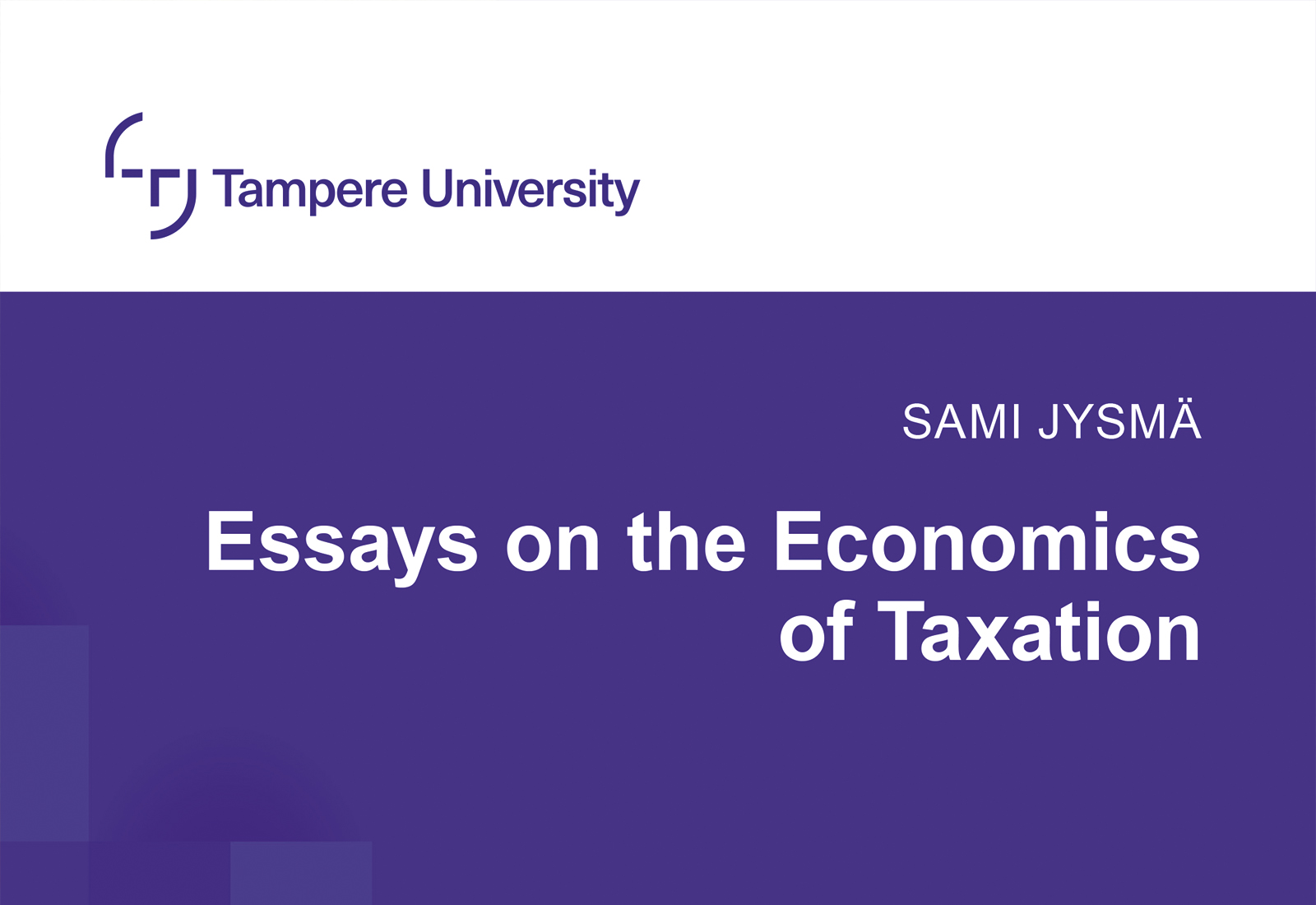Final Report of the Monitoring Study on the Student Selection Reform
Desription
As a result of the student selection reform implemented from 2018 to 2020, higher education institutions have shifted to selecting the majority of their students through certificate selection instead of previous subject- or program-specific entrance exams, and the content of the entrance exams has been renewed. The aim of the student selection reform is to streamline the transition to higher education and enhance the allocation of study places.
The goal of the monitoring study of the student selection reform is to determine whether the reform succeeded in its key objectives. The study examines whether the reform accelerated transitions from secondary to tertiary education and analyzes whether the reform led to changes in the allocation of study places. The latter question is approached from both efficiency and equity and equality perspectives. Additionally, the study aims to investigate changes in the distribution of background characteristics of accepted students. Interesting background characteristics in this context include students’ family background and gender.
The final report presents descriptive results on the changes in the so-called application pile. The application pile refers to the increase in the number of applicants for study places from year to year. The final report also provides descriptive information on application behavior and student selection from 2015 to 2021.
In addition to descriptive analysis, the report presents results on the impacts of increasing the share of certificate selection. The transition from examination-based selection to certificate selection affected different fields in different ways. In some application targets, student selection was already based on certificate selection before the reform, while in fields that widely used examination-based selection, the student selection reform significantly increased the use of certificate selection. This setup allows for the investigation of the effects of transitioning to certificate selection.
The study’s results show that the reform succeeded in improving application behavior such that applications were directed to more application targets and with a higher likelihood also to those not located in the applicant’s home municipality. The reform also appears to have succeeded in increasing the proportion of the youngest applicants, aged 19, among those accepted and who accepted study places. These results align with the efficiency objectives set for the reform. However, no significant effects are observed in the gender distribution or socioeconomic background of the accepted and enrolled students. In this context, it has not yet been possible to examine the effects of the student selection reform on the completion of higher education degrees. Instead, according to the study’s results, the reform increased the likelihood of those accepted taking up new study places.
Based on this study, the reform appears to have succeeded in some of its goals concerning the streamlining of the transition to higher education. At the same time, the study does not find positive or negative effects on social mobility. However, it is important to monitor the efficiency of study place allocation in further research by analyzing the reform’s impact on the likelihood of degree completion.
Publication Information
Karhunen, H., Pekkarinen, T., Suhonen, T. & Virkola, T. (2022), Opiskelijavalintauudistuksen seurantatutkimuksen loppuraportti, VATT muistiot 67, Valtion taloudellinen tutkimuskeskus.
- ISSN: 1798-0321 (Online)
- ISBN: 978-952-274-287-2 (Online)

- Hannu Karhunen
- Research Leader
- Tel. +358-40 940 2779
- hannu.karhunen@labore.fi
- Profile

- Tuomo Suhonen
- Research Director, Research Leader
- Tel. +358-40 940 2916
- tuomo.suhonen@labore.fi
- Profile


